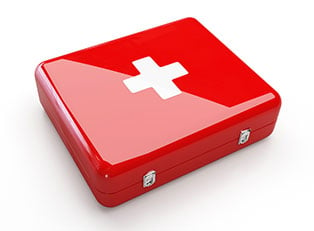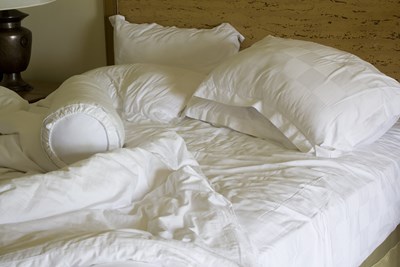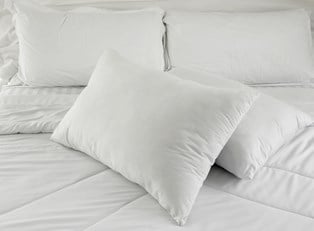We have all probably heard parents say to their children (or maybe our parents said it to us), "Good night, sleep tight, don't let the bed bugs bite." Although it's only a phrase, its etymology probably relates to Cimicidae, better known as bed bugs.
These bugs are parasitic insects that feed on warm-blooded species, and specifically on the blood of humans. This insect has a long flat body that is about 3-5 mm in length. As a rule, males are larger than female bed bugs. They do not have wings, but due to their flat body, they can "soar" from caves, ceilings, walls. Their lifespan differs depending on various subspecies. Due to peculiarities of their bodies, which results in their maneuverability, Cimicidae are hard to fight with mechanical means. They easily evade dangers. However, when they are full, bed bugs are an easy target. They are creatures of the night, as they feast in the night on humans and sleep their meals off during the day, hiding under wallpaper, in the cracks, dresses, electronic devices, on bookshelves, etc.
Symptoms of Bed Bug Bites
At one time or another, you may have stumbled over their bloody work, as their bites are similar to those of mosquitoes. Cimicidae come out hunting at night. Their greatest damage is that they bother people with their bites, which ruin one's sleep, thus resulting in an inability to work at full speed. Depending on individuals, their bites may result in rashes, allergic reactions, and certain psychological phobias. It has not been proven that these insects transmit any harmful diseases from one human carrier to another.
Bed bugs rarely stay in one spot in the course of "hunting." Usually, they move on from one area to the one right next to it, thus leaving a trail, where at times one bite is as far as several centimeters from another. When a house is infested, it is possible that over night there may be as many as 500 bites. About 70% of Cimicidae victims do not even realize they were bitten, thus it's hard to detect them.
Bed Bug Treatments
Speaking of bed bug treatments, it is hard to do anything about it besides chemical eradication. Among older people, there are certain practices such as using wormwood in the house to rid it of Cimicidae and other parasites. The best bed bug treatments have to do with avoiding bed bugs bites, which can prove to be rather difficult if a house or office is not cleaned of these blood-sucking insects. Such bed bugs treatment usually involves pesticide and non-pesticide treatment.
Pyrethroids, dichlorvos, and malathion are some of the most effective treatments for bed bug infestations. But in time, Cimicidae learned to cope with it and are now more resistant to it than before. Plus, these pesticides may cause certain threats to one's health. Some other helpful bed bug treatments include regular vacuuming, heat and cold treatment, and disposing of contaminated sheets, mattresses, couches. No bed bug treatment is 100% successful, however.



